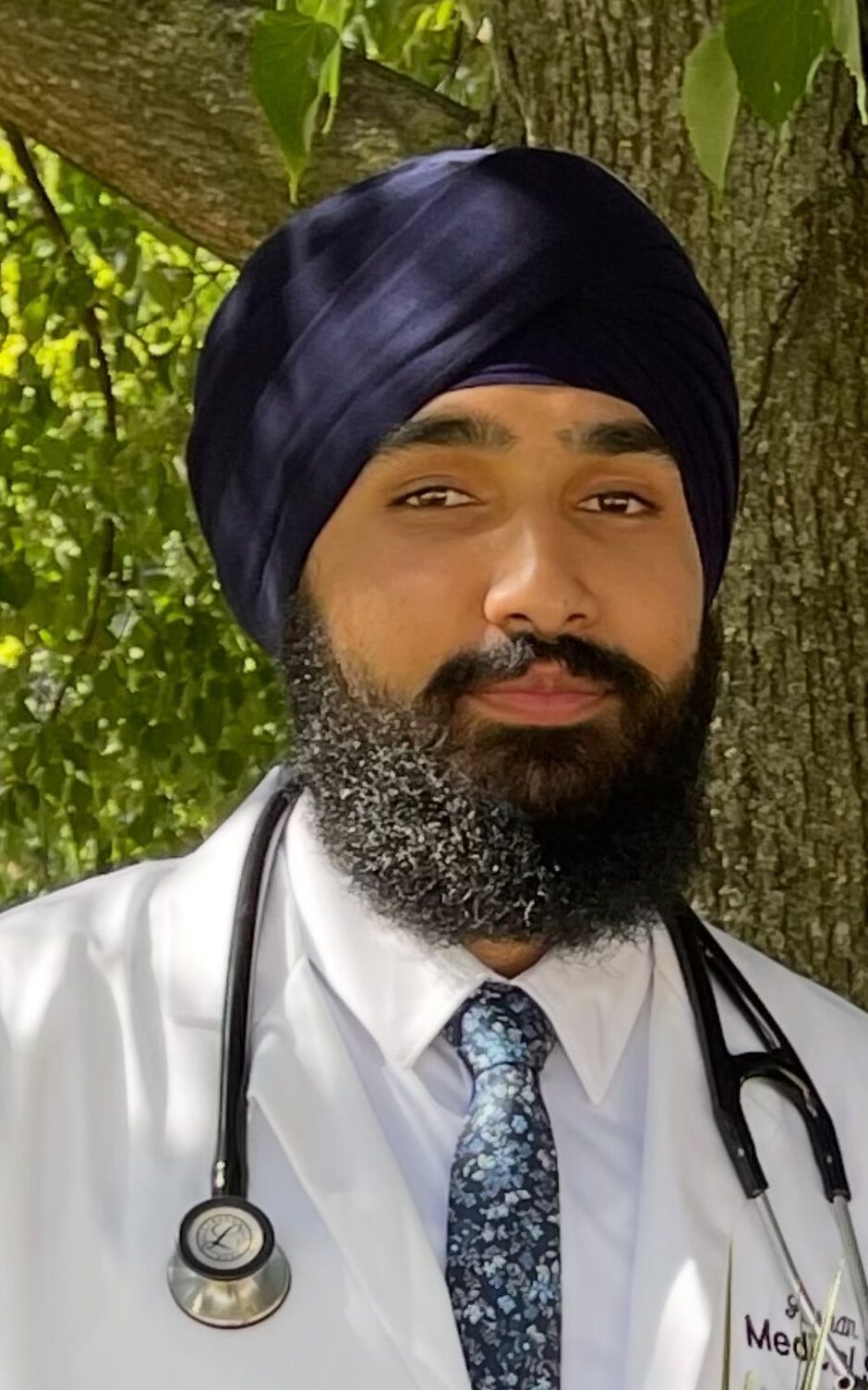Bridging AI and Healthcare
Artificial Intelligence (AI) has brought forth a transformative and impactful change in various fields, with medicine being prime among them. AI tools are used to advance patient care, from inpatient academic hospitals to rural outpatient clinics. Providers can use AI tools for a variety of tasks, from writing their encounter notes to deducing full treatments for complex and often chronic patients. Two of these tools, OpenEvidence and BridgeAI, are at the top of their industry and provide physicians with the capabilities to optimize their work and improve patient outcomes. In this article, we will provide an introductory look at these two tools and outline how physicians and other healthcare professionals can utilize them in their daily practice.
The near-universal adoption of electronic medical record (EMR) systems has fundamentally transformed healthcare as we know it today. The ability to securely access confidential patient information from a centralized source with just a few clicks has greatly improved clinical efficiency and patient safety. However, the promise of EMR systems has often been overshadowed by the growing burden of documentation, especially in outpatient settings. In a large-scale study involving over 200,000 physicians, Zhou et al. (2023) found that clinicians who authored the longest notes spent significantly more time working in the EHR after hours and were less likely to close patient visits on the same day1. In this field, Abridge AI emerges as a particularly exciting advancement, offering to reduce charting burden without sacrificing provider oversight. Abridge AI is a generative AI tool that captures audio during patient-provider encounters and transcribes it into structured clinical notes that can be edited within the EMR system. Unlike standard voice-to-text software, Abridge AI is specifically trained on medical language and clinical workflows. During the encounter, it extracts key clinical concepts – such as symptoms, medications, assessments, and plans applies appropriate medical context, and generates concise, well-structured notes. Its integration with EMR systems minimizes the need for copy-pasting and manual uploads. Additionally, because it records the patient-provider conversation, clinicians can refer back to the audio for more accurate charting. The system is HIPAA-compliant and currently supports 28 languages. By enhancing the accuracy and efficiency of documentation, Abridge AI not only helps reduce physician burnout but also frees up more time for meaningful patient care.
Another area in which AI has shown meaningful advances in the medical field is in the exploration of diagnostic work-ups and plans for complex patients. OpenEvidence (OE) is an AI tool which functions similar to the various OpenAI tools on the market. The physician inputs a prompt with some patient information and any questions they might have. Subsequently, OE produces a clinical answer for the query and details how it connects to the patient’s overall health. OE references various national databases to find the most current research and care algorithms to aid in finding the next steps for any given patient. OE not only provides pathophysiology relating to a disease but also provides exact medication and dosages appropriate for different patients. Given that every medical subspeciality has their own recommendations for treatment, OE is able to source information straight from these guidelines and provide the most up-to-date and current recommendations to physicians. It also references various clinical studies and provides the most recent statistics from these studies to inform the decision making process. Combined, it can provide the most recent and accurate medical information to support physicians in their patient care.
In all, the surge in artificial intelligence platforms has opened grand horizons for the medical field. From EMR facilitation to the most accurate medical information, BridgeAI and OpenEvidence showcase the accessibility and ease with which physicians today can treat their patients.
References: Zhou, L., Wright, A., Kanter, M. H., McDonald, C. J., & Linder, J. A. (2023). Documentation dynamics: Note composition, burden, and physician efficiency. NPJ Digital Medicine, 6(1), 42. https://doi.org/10.1038/s41746-023-00768-z
Authors: Hamza Hussain & Jashan Khaira
 Hamza Hussain is a second-year medical student at Oakland University William Beaumont School of Medicine with a strong foundation in molecular, cellular, and developmental biology from the University of Washington. He is passionate about health equity, pediatric neurology, and global health. Hamza has conducted research in both the United States and Canada, including two years of clinical and volunteer experience at Oakville Trafalgar Memorial Hospital in Ontario. He is actively involved in student leadership, including serving as President of the South Asian Medical Outreach Association, and continues to contribute to pediatric neurology research at Corewell Health in Royal Oak. He is also engaged in various research projects spanning AI, Robotics and E-Health in Multidisciplinary Computational Public Safety research lab in Toronto Metropolitan University, Toronto.
Hamza Hussain is a second-year medical student at Oakland University William Beaumont School of Medicine with a strong foundation in molecular, cellular, and developmental biology from the University of Washington. He is passionate about health equity, pediatric neurology, and global health. Hamza has conducted research in both the United States and Canada, including two years of clinical and volunteer experience at Oakville Trafalgar Memorial Hospital in Ontario. He is actively involved in student leadership, including serving as President of the South Asian Medical Outreach Association, and continues to contribute to pediatric neurology research at Corewell Health in Royal Oak. He is also engaged in various research projects spanning AI, Robotics and E-Health in Multidisciplinary Computational Public Safety research lab in Toronto Metropolitan University, Toronto.
 Jashan Khaira is a third-year medical student at Oakland University Wiliam Beaumont School of Medicine. He’s a member of American College of Physicians with strong interest in internal medicine. He’s passionate about underserved communities and is involved in leadership groups such as Harm Reduction Alliance at OUWB medical school.
Jashan Khaira is a third-year medical student at Oakland University Wiliam Beaumont School of Medicine. He’s a member of American College of Physicians with strong interest in internal medicine. He’s passionate about underserved communities and is involved in leadership groups such as Harm Reduction Alliance at OUWB medical school.

